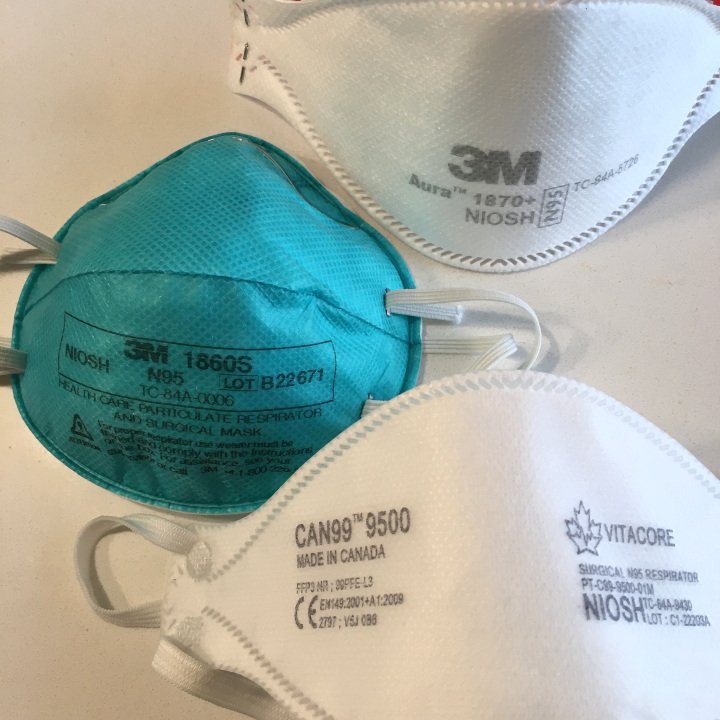The fall COVID-19 vaccine cut the risk of COVID-19 illness by about half overall, and by 67 per cent for those with a previous infection, according to new research from the Canadian network that has long tracked the performance of the annual flu shot.
This is the first time the Canadian Sentinel Practitioner Surveillance Network, which is comprised of hundreds of primary care providers in British Columbia, Alberta, Ontario and Quebec, produced mid-season estimates of the effectiveness of immunization against COVID-19.
For people with hybrid immunity against COVID-19 – meaning they’ve had a jab and an infection – the shot targeting the Omicron XBB.1.5 variant performed slightly better against COVID-19 than the flu shot did against influenza.
The network estimated the influenza vaccine was 63 per cent effective against influenza A(H1N1), the dominant strain this season, and 40 per cent effective against the A(H3N2) subtype. That’s a “decent” mark by historical standards, said Danuta Skowronski, a physician epidemiologist with the British Columbia Centre for Disease Control and leader of the network’s research.
By comparison, in 2019-20, the last winter before the pandemic, the flu shot was estimated by the end of the season to have been 43 per cent effective against A(H1N1), 50 per cent effective against A(H3N2) and 65 per cent effective against influenza B. H1N1 was the most common strain that winter.
“Over all, the message is there’s good protection for those who received the autumn 2023-2024 influenza vaccine,” Dr. Skowronski said.
The Canadian Sentinel Practitioner Surveillance Network’s decision to track the effectiveness of both shots in tandem is another sign that physicians and epidemiologists are treating SARS-CoV-2, the virus that causes COVID-19, as a regular feature of winter virus season.
“Both influenza and SARS-CoV-2 are highly changeable viruses. They’re unique in that way, compared to other vaccine-preventable diseases,” Dr. Skowronski said. The network’s leaders felt a duty to gauge the effectiveness of both vaccines, given that public-health officials urged Canadians to receive them at the same time, she added.
The network’s leaders measure flu shot effectiveness by having several hundred family doctors and nurse practitioners in Canada’s four largest provinces test patients who come in with flu-like symptoms to determine if they have a lab-confirmed case of influenza. Researchers then look to see what share of each group – positive or negative for flu – was vaccinated, and compare the results to estimate vaccine effectiveness. The network used the same method to judge the COVID-19 shot.
The surveillance effort doesn’t capture mild cases of either virus that don’t require medical attention, nor does it measure how well the shots perform against severe illness that puts people to hospital.
